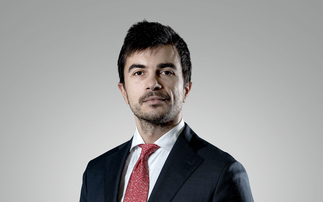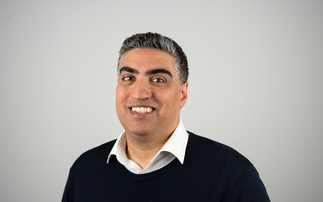How would you characterise your investment approach in terms of the guiding strategies you invest in.
We use active share as a shorthand to show how differentiated we are from the index. The more concentrated the portfolio is, the higher its active share will be, which in turn means it has a greater opportunity to outperform its benchmark. It's the outperformance that helps sell the fund and the active share is key to delivering outperformance. We use active share as a measure since it clearly demonstrates our difference from the funds' benchmark indices.
Often, innate investment biases need to be addressed and overcome. How does LGIM's management team tackle this problem?
From our point of view it's about acknowledging that these issues exist and the answer is to collaborate effectively, share research, share ideas and encourage debate. What we are trying to do at the end of the process is to ensure that the individual who is running their fund has absolute accountability for it. Running a concentrated fund is an incredibly effective way of overcoming some of these biases because every time you have a new idea, you have to reassess and think ‘which is my lowest conviction idea and should it drop out of consideration?' So it's a real one-in one-out operation and that in itself really forces us to think about the current position, the current valuation and the current opportunity. Most of our income-focused fund managers actually run with an investment process that has a real value bias. So having both a growth bias and a value bias encourages the team to challenge one another's ideas and avoid groupthink.
Click here to learn about LGIM's active equity approach/.











